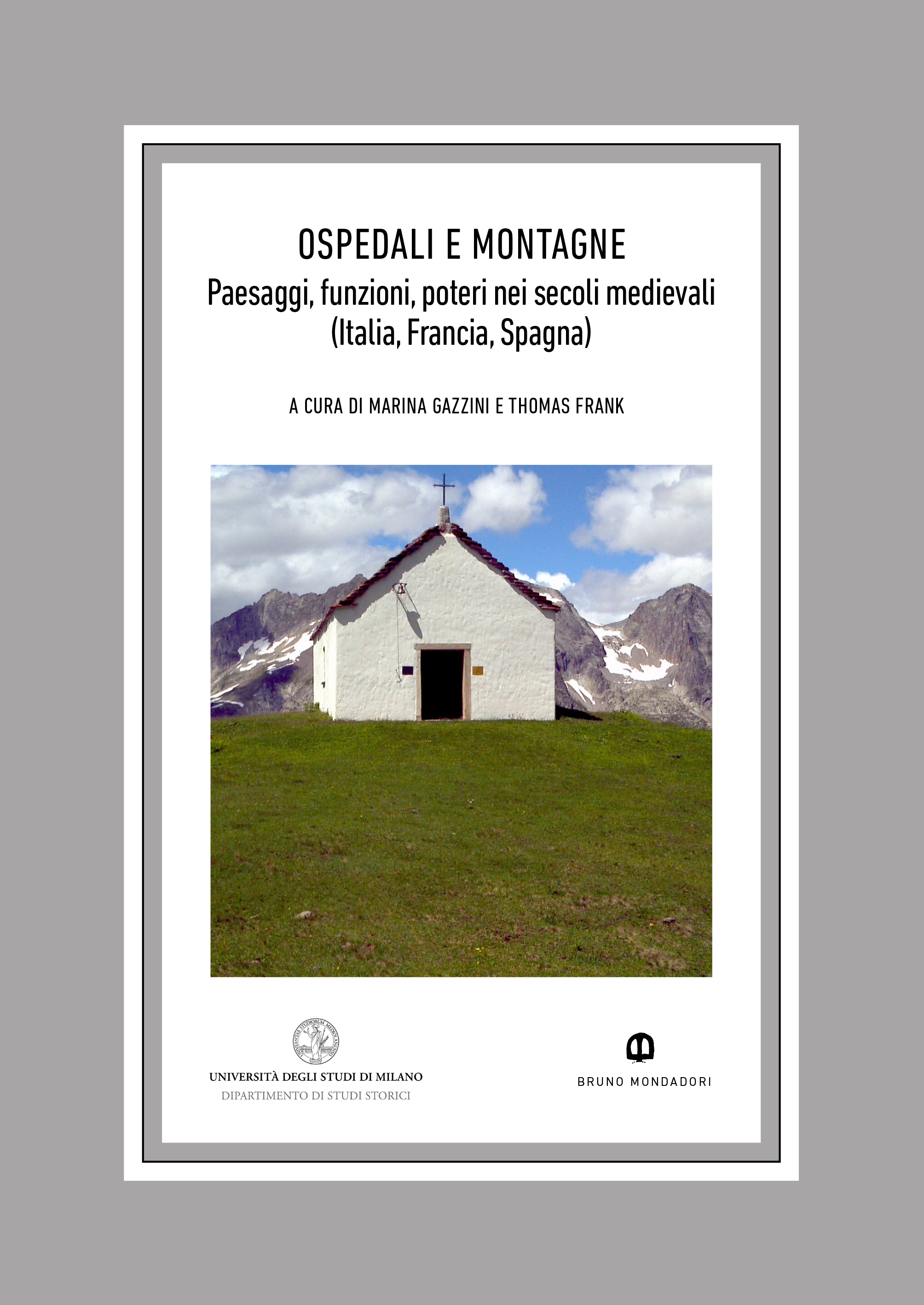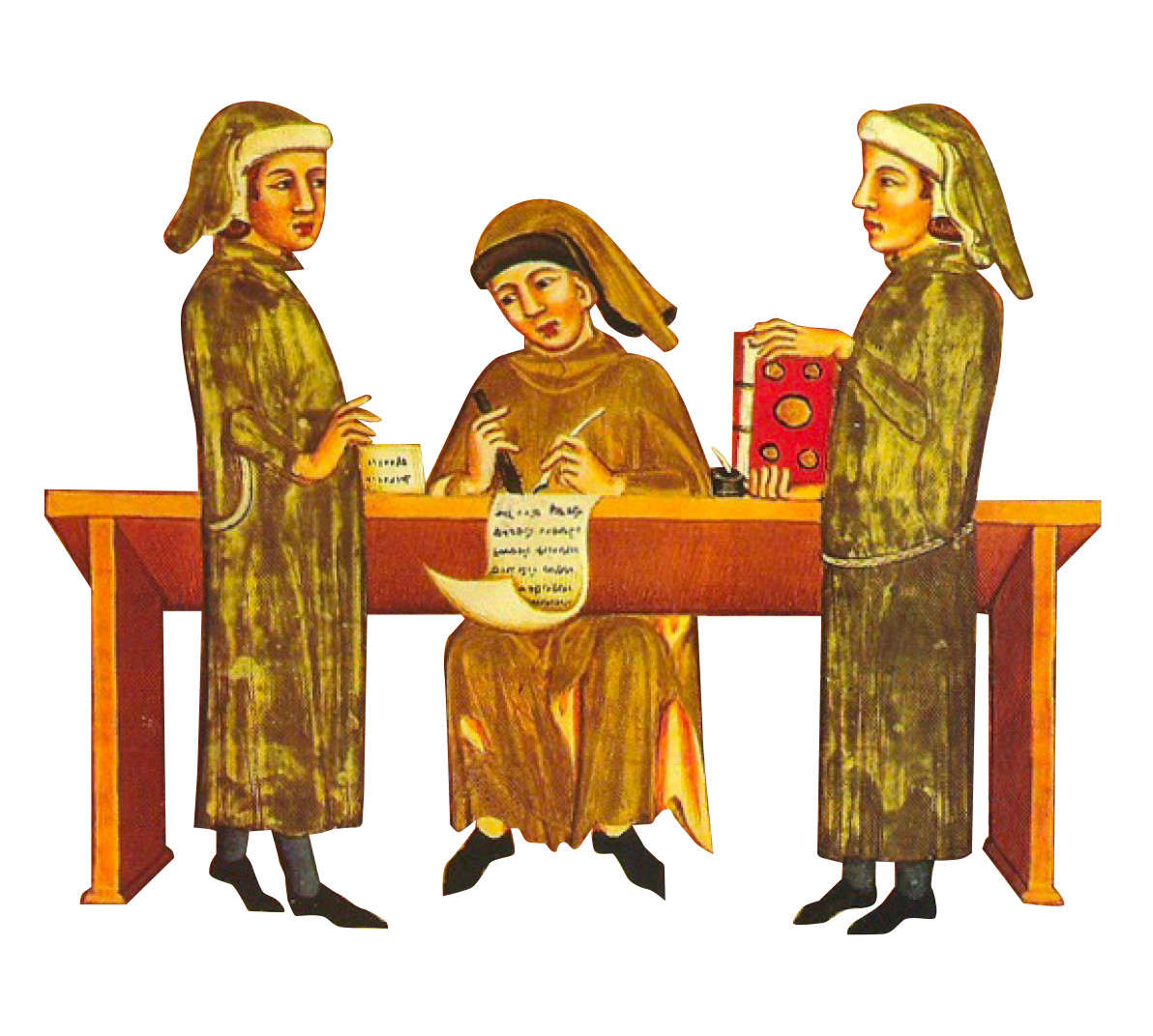Pass Hospitals in the Tuscan-Emilian Apennines. Prato del Vescovo and Croce Brandegliana in the ecclesiastical, economic and military projections of Pistoia (11th-14th centuries)
DOI:
https://doi.org/10.54103/2611-318X/16152Keywords:
Hospital, Fortress, Pistoia, Tuscany, Mountain, Commune, Bishop, Late Middle AgesAbstract
The paper examines two case studies from the Tuscan-Emilian Apennines: the hospital named after St Benedict and St Antoninus of the Alps, also known as Prato del Vescovo, and the hospital of the Brandegliana Cross. Both were pass hospitals located on two of the main roads connecting Pistoia to the Emilian territories. The events of these two institutions (founded at the end of the 11th century) are particularly interesting in the 13th and 14th centuries, as they experienced the passage from ecclesiastical to municipal jurisdiction, the expansion of the functions performed, and the progressive reduction of the hospital community until it moved to the city or disappeared. In an attempt to understand the reasons for these evolutions, the contribution focuses on the significance of the establishment of a hospital network for the ecclesiastical colonisation of the area; on the consequences of the military direction of hospital activities resulting from the establishment of the municipality as a political force; and finally, on the effects of climatic, factional and religious phenomena on the configuration of the welfare landscape.
Downloads
Downloads
Published
How to Cite
Issue
Section
License

This work is licensed under a Creative Commons Attribution-ShareAlike 4.0 International License.




